

Engage prospects with a scan and streamline customer engagement with FREE QR code marketing tools by Sona – no strings attached!
Create a Free QR CodeFree consultation

No commitment

Engage prospects with a scan and streamline customer engagement with FREE QR code marketing tools by Sona – no strings attached!
Create a Free QR CodeFree consultation

No commitment
In today’s digitally driven world, QR codes have evolved from a novelty to a strategic powerhouse that connects physical packaging with instant digital experiences. For frozen food processing companies, QR codes offer a practical way to enhance transparency, strengthen traceability, and simplify compliance across every product line. Sustainable packaging practices increasingly rely on them. A single scan can surface origin details, allergen updates, batch histories, and handling instructions without forcing users to download an app or navigate a slow website.
Frozen food brands operate under intense scrutiny: from food safety and cold chain integrity to sustainability and labeling accuracy. Traditional labels often fall short when it comes to space constraints and timeliness. QR codes bridge that gap by transforming static cartons and cases into dynamic gateways that deliver real-time information, interactive content, and measurable engagement signals. The result is stronger consumer trust, smoother retail collaboration, and faster responses when conditions change.
This guide shows how to plan, design, and deploy QR codes on frozen packaging at scale. It covers the use cases that matter most, from recall readiness to inventory optimization, and it explains how to connect scans to your CRM and analytics so you can attribute revenue, improve operations, and maintain audit-ready records with the Sona QR product overview. Whether you are modernizing a single product line or implementing a multi-site rollout, the strategies below will help you turn every scan into a moment of value.
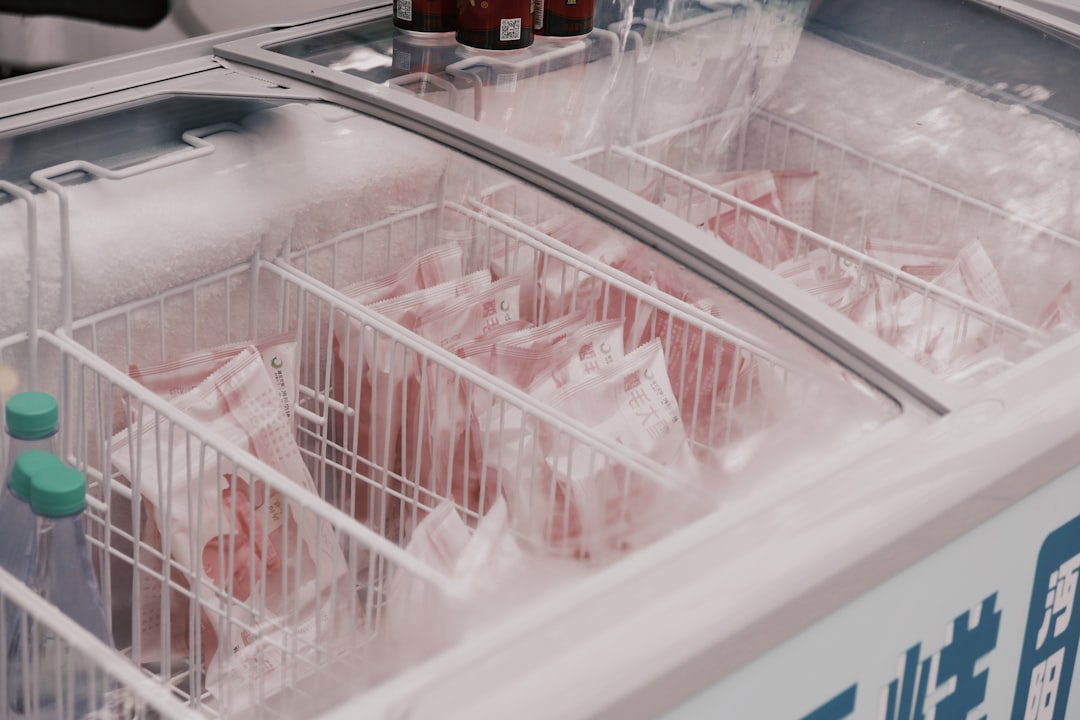
QR codes turn every carton, case, and pallet into a functional touchpoint that links directly to the data people need. For many processors, the legacy approach still depends on printed manuals, paper sign-off sheets, and static stickers that quickly go out of date. These analog processes slow people down, cause errors, and hide valuable engagement signals. A smart QR strategy replaces that friction with dynamic links to batch data, SOPs, handling instructions, and forms that capture feedback or incidents in real time as outlined in our Google Forms guide.
When QR codes are planned with purpose, they do more than host a PDF. They unify the operational flow, from plant to retailer to consumer. That means faster recall checks, fewer compliance headaches, and a richer picture of how different audiences interact with your products. The key is to align each code with a business objective, decide how you will measure success, and use a platform that supports content updates and analytics without reprinting.
By moving from static labels to QR-enabled packaging, processors can make inventory verification quicker, reduce mislabeling incidents, and push urgent updates without costly reprints. The effort pays off rapidly in operational efficiency and stronger trust with retailers and consumers who expect transparency.
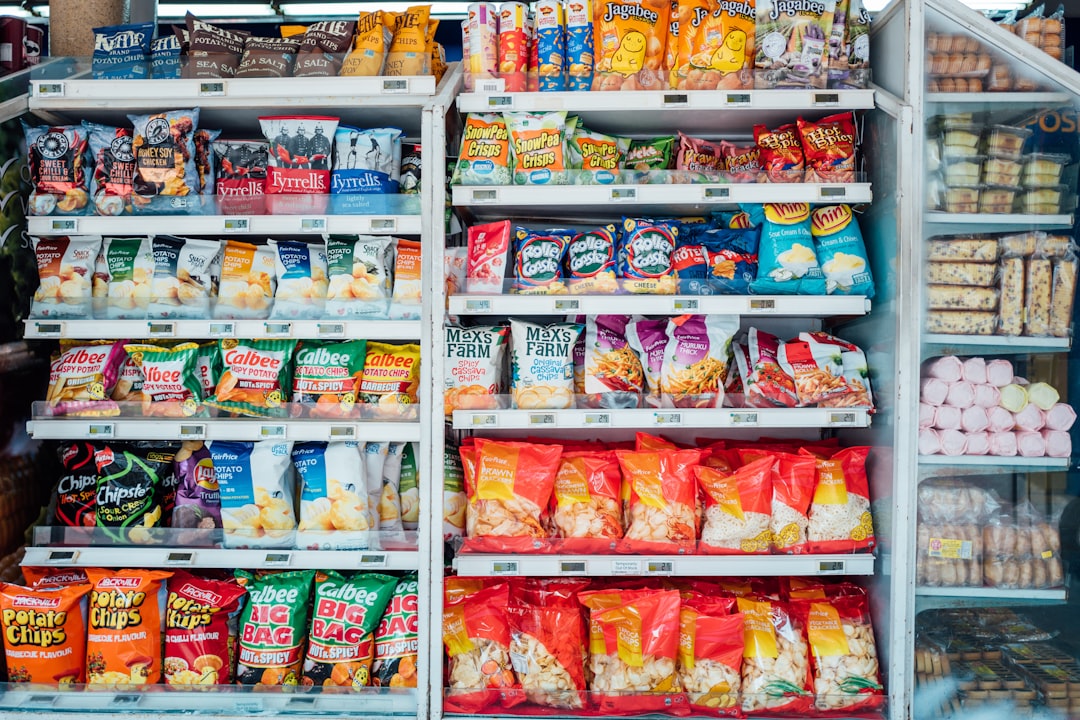
The frozen aisle is unforgiving. Expiring inventory, temperature excursions, and labeling discrepancies can translate into costly waste or recall exposure, while strict labeling regulations raise the stakes. Many of these issues are made worse by data trapped in spreadsheets or paper forms. QR codes provide a simple bridge from physical product to live, actionable information that anyone can access from a phone in seconds.
They also help unify your internal language of quality and compliance with the external narrative of brand trust. Retail category managers want proof of performance and traceability. Consumers want clear cooking instructions, nutritional details, and sustainability information. With QR codes, you can serve both groups with a single mark on the pack that adapts to context and evolves with your needs. Explore CPG strategies.
From batch labels and export documentation to retail-facing packaging, QR codes ensure you can inform, prove, and adapt in step with regulatory demands and consumer expectations.
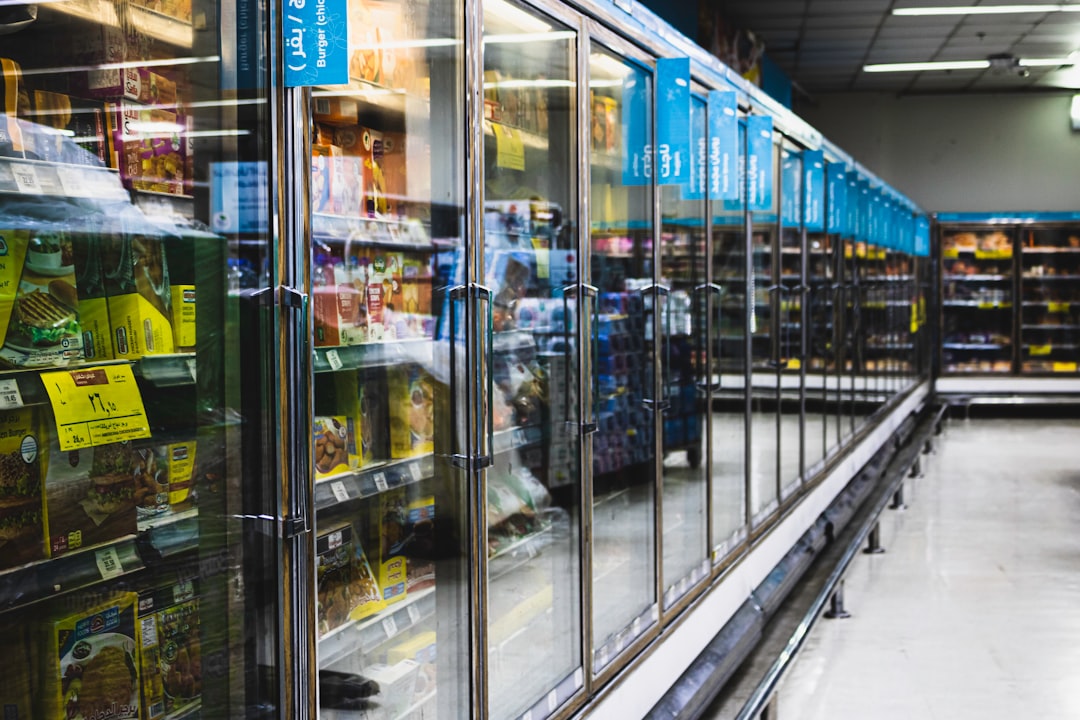
Not all QR implementations are equal. Static codes that link to a single PDF are better than nothing, but they do not let you test, track, or update content. Leading processors combine the right code formats with dynamic management so they can learn from every scan and keep information fresh without reprinting.
Each format below can play a specific role across operations. The key is to match the code type with the action you want the scanner to take, then route different audiences to different destinations depending on the device, location, or pack level.
Use static codes for evergreen content like a general brand story. Use dynamic, trackable codes for anything that might change, requires analytics, or needs role-based routing. A platform like Sona QR lets you manage all formats in one place and update them at scale.
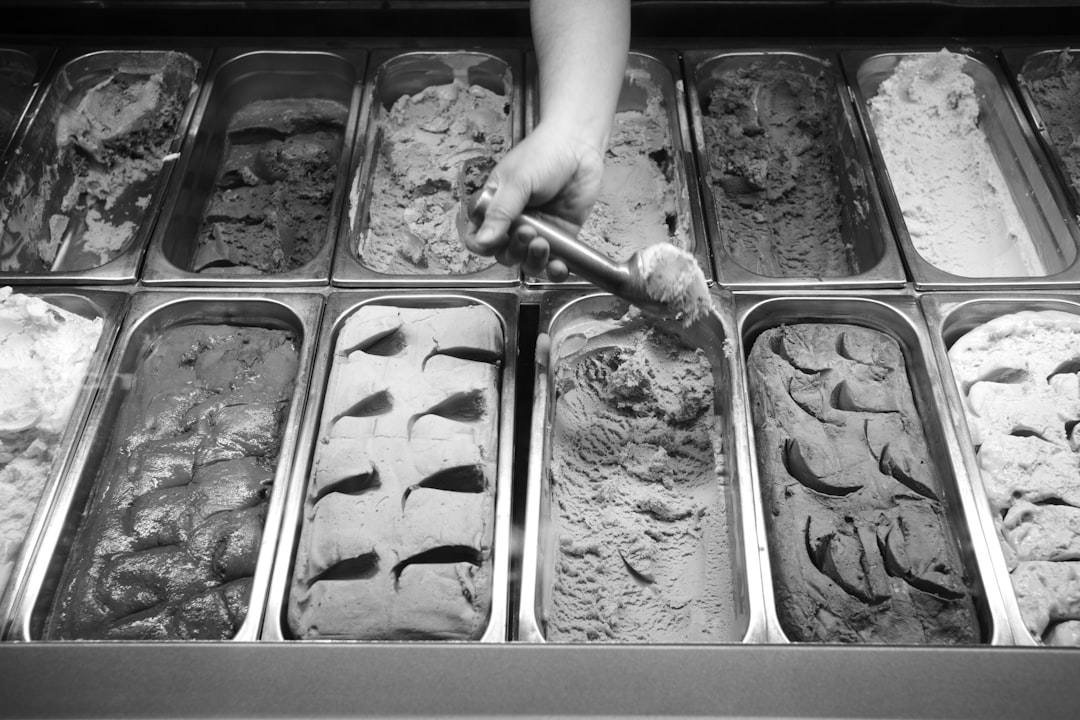
QR codes deliver the most value when they are placed where people naturally need information or have a reason to interact. Many processors limit codes to retail packaging, which leaves significant gains on the table in upstream operations and B2B collaboration. Think beyond the shelf and map your high-friction moments across the entire value chain.
Identify the choke points where data gaps or delays cause rework, waste, or lost sales. Then assign each touchpoint a QR-enabled action. You can start small with one SKU or a single plant, then expand once you confirm scan behavior and outcomes.
Treat each placement as a data event that can be measured and refined. Over time, your QR footprint becomes an always-on network of insights that supports both operational excellence and growth.
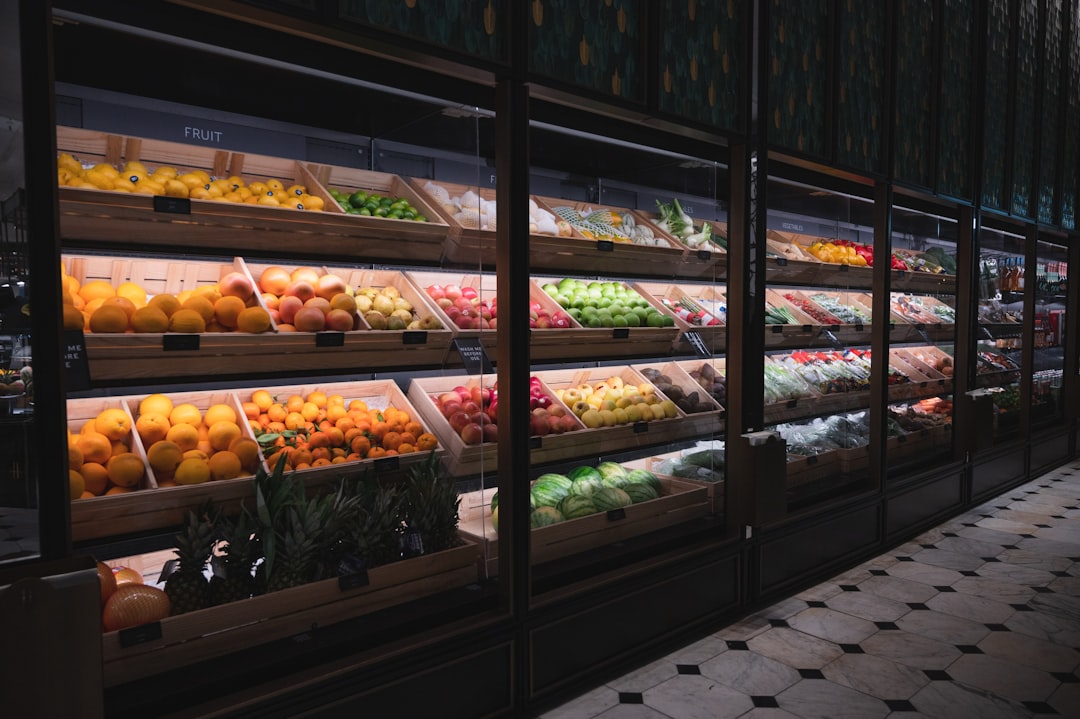
Frozen food processors face a mix of operational and marketing needs. The most impactful QR use cases address food safety and compliance first, then layer on consumer engagement and B2B collaboration. Start with three high-leverage scenarios and expand as you learn.
You can align each use case with a clear metric: reduced verification time at receiving, faster recall reach, higher consumer engagement rates, or increased sample requests at trade shows. With dynamic codes, you can A/B test content and prove what works.
Executed well, these use cases reduce waste, strengthen retailer relationships, and build trust with end consumers who want proof behind the label.
Every scan is a signal. By deploying multiple QR codes across your touchpoints, you can capture intent and context, then use that data to fuel targeted follow-ups. Frozen food companies sell to retailers, foodservice distributors, and consumers, which means you need distinct audience streams that use the same infrastructure.
Segmenting by role and moment makes your outreach more relevant. Retail buyers might receive sample kits and category insights. Logistics teams might get operational updates. Consumers might get recipes and loyalty offers. You do not need to know every person’s identity to act on these signals; richer engagement patterns often emerge from scan metadata.
With a platform like Sona QR, each code becomes a smart entry point into your segmentation strategy, allowing you to retarget based on real behavior instead of assumptions.
QR codes are versatile connectors that make offline materials measurable and interactive. In frozen food, where packaging and in-store visuals carry much of the communication load, QR codes add a digital layer that tracks performance and improves the shopper experience.
Consider how codes can unify your campaigns across channels. A seasonal promotion can run on-pack, at the freezer door, in direct mail for loyalty members, and at your trade booth. All scans flow into a single dashboard, and each audience receives content tailored to their context.
A centralized platform like Sona QR helps manage these deployments, monitor performance by channel, and sync scan data with your CRM and ad tools for coordinated follow-up.
Clarity wins. QR code initiatives fail when goals are vague or when codes appear without a meaningful destination or measurement plan. A simple framework keeps cross-functional teams aligned, from packaging to marketing to quality. For measurement foundations, read Sona’s offline attribution.
Start by choosing one use case you can measure within a month. Prove the impact, then scale. Each step below includes questions to help you focus on outcomes that matter for frozen food operations and growth.
A thoughtful checklist keeps the project focused on business results instead of vanity metrics. As you scale, design standards and centralized code management will prevent chaos and ensure consistent data quality.
It is not enough to know that a QR code was scanned. You need to understand who scanned it in context and what happened next. Without this visibility, it is hard to optimize spend, justify packaging real estate, or refine your content strategy. The path from scan to revenue or operational impact should be visible in your dashboards.
Modern platforms make this straightforward. Sona QR captures the essentials at the moment of scan, while Sona.com connects those signals to known buyers and multi-touch journeys. Together, they turn disparate interactions into a coherent picture of pipeline and performance.
The result is a concrete link between a small square of dots and real business outcomes. You will know which codes move product, which messages reassure shoppers, and which placements reduce operational risk.
Once your initial deployment is live, expand carefully. Each new placement is an opportunity to learn more about your customers and partners. Ensure your QR program continues to add value by aligning design, data, and operations.
Invest in training and enablement. The best codes fail if people do not know what they do. Teach teams and partners to scan, interpret, and act on the information they find. This turns compliance scans into feedback loops that improve product quality and service.
Building these practices into your standard operating procedures ensures your QR initiative continues to deliver insights and ROI as it scales.
Frozen food processing companies continually face evolving consumer expectations and stringent regulatory demands. Too often, operational inefficiencies, missed engagement signals, or fragmented account data hamper their ability to adapt quickly and build trust both upstream and downstream. Strategically embedded QR codes offer a way to overcome these challenges by transforming static packaging and documents into dynamic, data-rich touchpoints for transparency, efficiency, and personalized outreach. Beyond compliance, this approach helps unify fragmented systems, surface actionable insights, and boost value at every supply chain step. To connect scans to business outcomes, see Sona’s guide to revenue attribution. Start creating QR codes for free.
QR codes have revolutionized frozen food processing companies by transforming packaging into interactive, data-driven tools that enhance traceability, customer engagement, and brand trust. By integrating QR codes, companies can provide consumers instant access to product origin, nutritional information, and cooking instructions—creating a seamless and transparent experience that drives loyalty and repeat purchases.
Imagine knowing exactly which packaging elements resonate most with your customers and having the agility to update content instantly without costly reprints. With Sona QR, you gain dynamic, trackable QR codes that connect every scan to valuable insights and revenue opportunities, empowering you to optimize your packaging strategy in real time.
Start for free with Sona QR today and turn your frozen food packaging into a powerful channel for growth, transparency, and customer connection.
QR codes on cartons and cases link to lot-specific pages with origin data, batch histories, certifications, and audit trails, enabling faster recall checks and reducing risks from missing documentation.
QR codes tied to digital inventory records allow warehouse teams to scan and confirm quantities, rotation, and location updates, which reduces miscounts and prevents expired products from shipping.
By enabling quick verification of product data and expiration through scans, QR codes reduce mislabeling and shipping of expired items, thereby minimizing waste and costly recalls.
QR codes provide consumers instant access to cooking instructions, nutrition facts, allergen updates, and sustainability information, enhancing transparency and trust.
Dynamic QR codes link to live compliance data such as allergen statements and certificates, allowing updates without reprinting labels, which keeps packaging current with regulatory demands.
Use Sona QR's trackable codes to improve customer acquisition and engagement today.
Create Your FREE Trackable QR Code in SecondsJoin results-focused teams combining Sona Platform automation with advanced Google Ads strategies to scale lead generation

Connect your existing CRM

Free Account Enrichment

No setup fees
No commitment required

Free consultation

Get a custom Google Ads roadmap for your business






Launch campaigns that generate qualified leads in 30 days or less.
